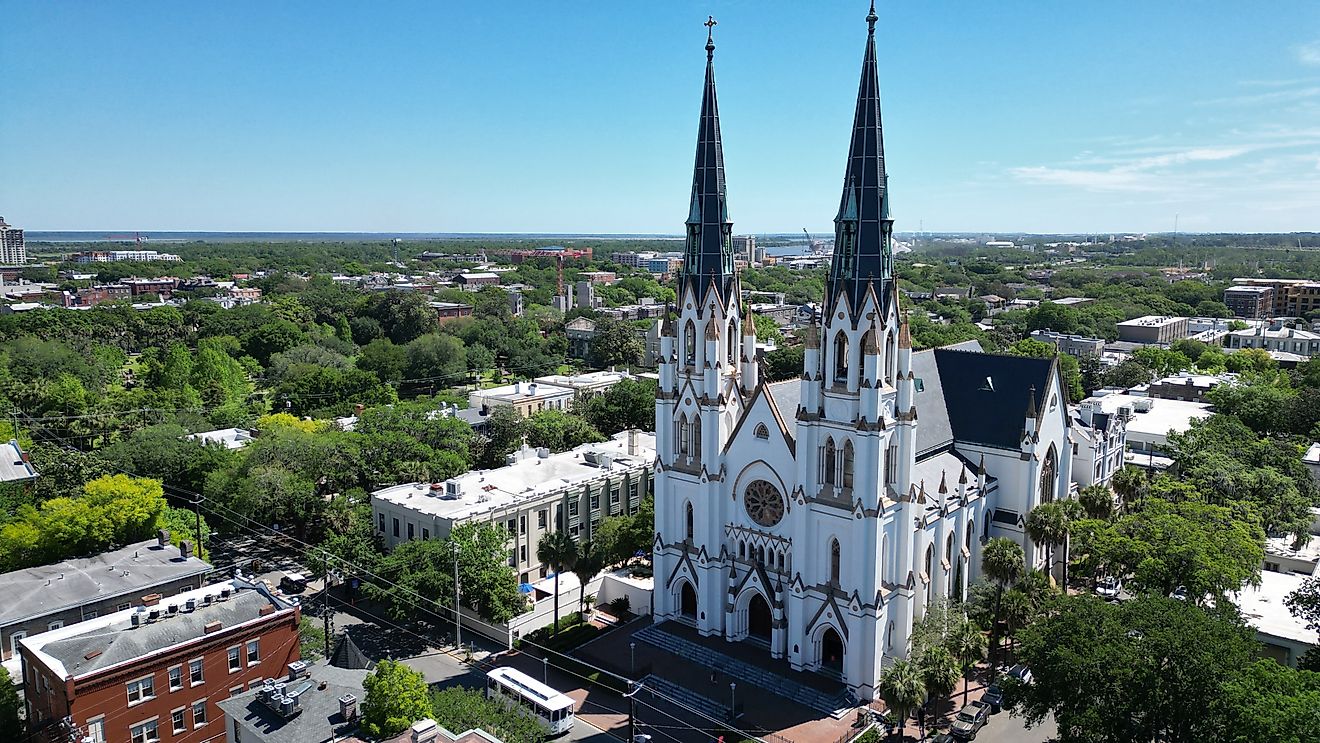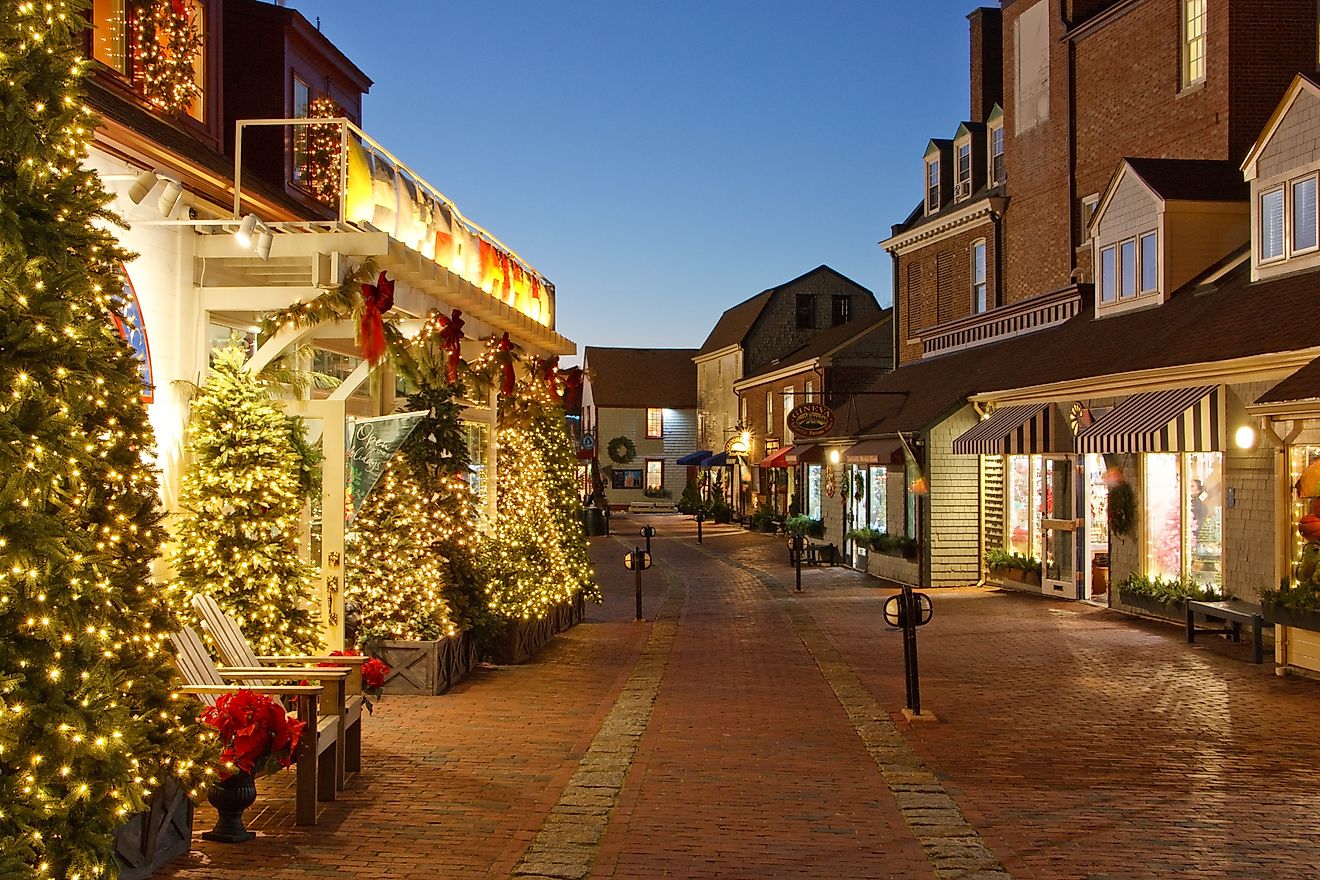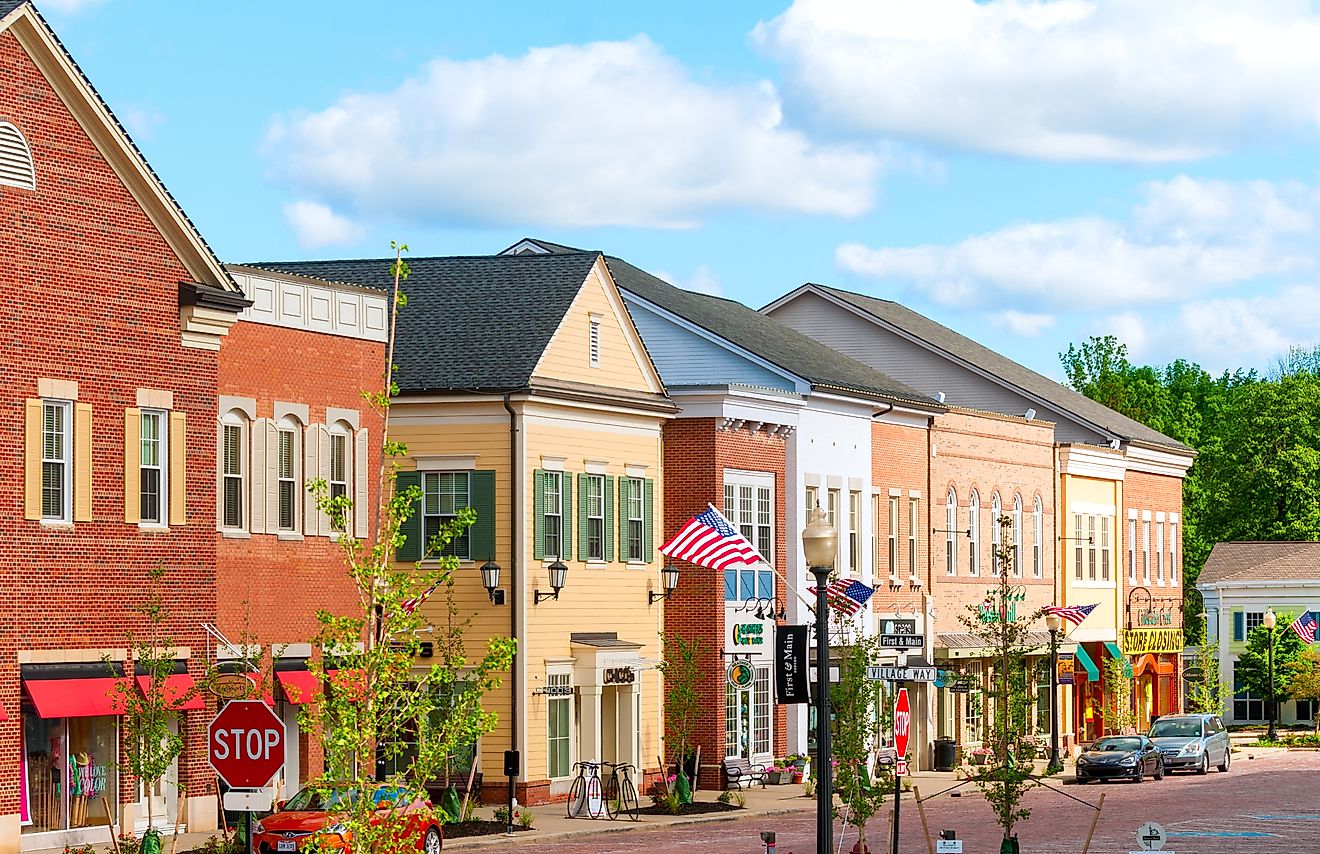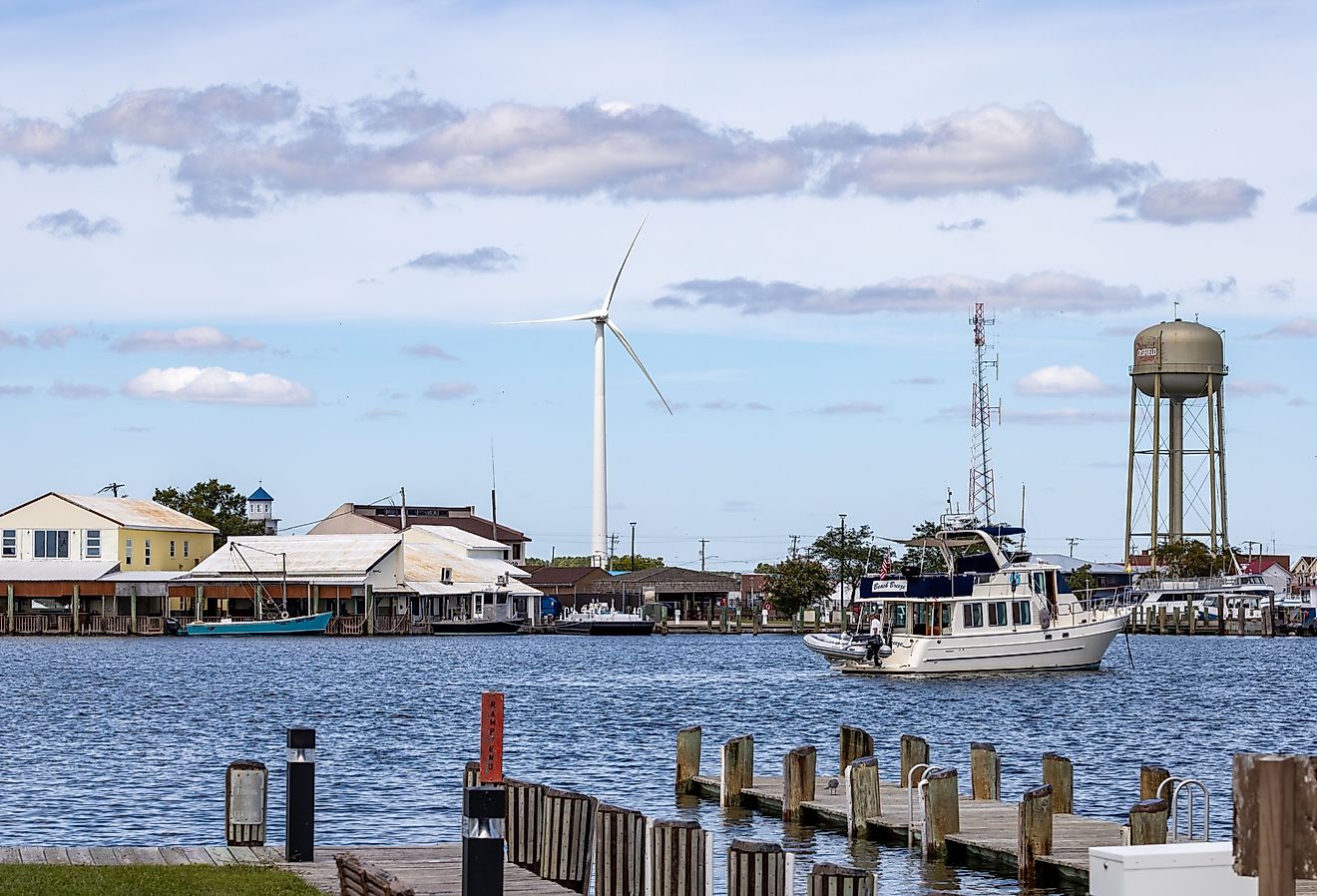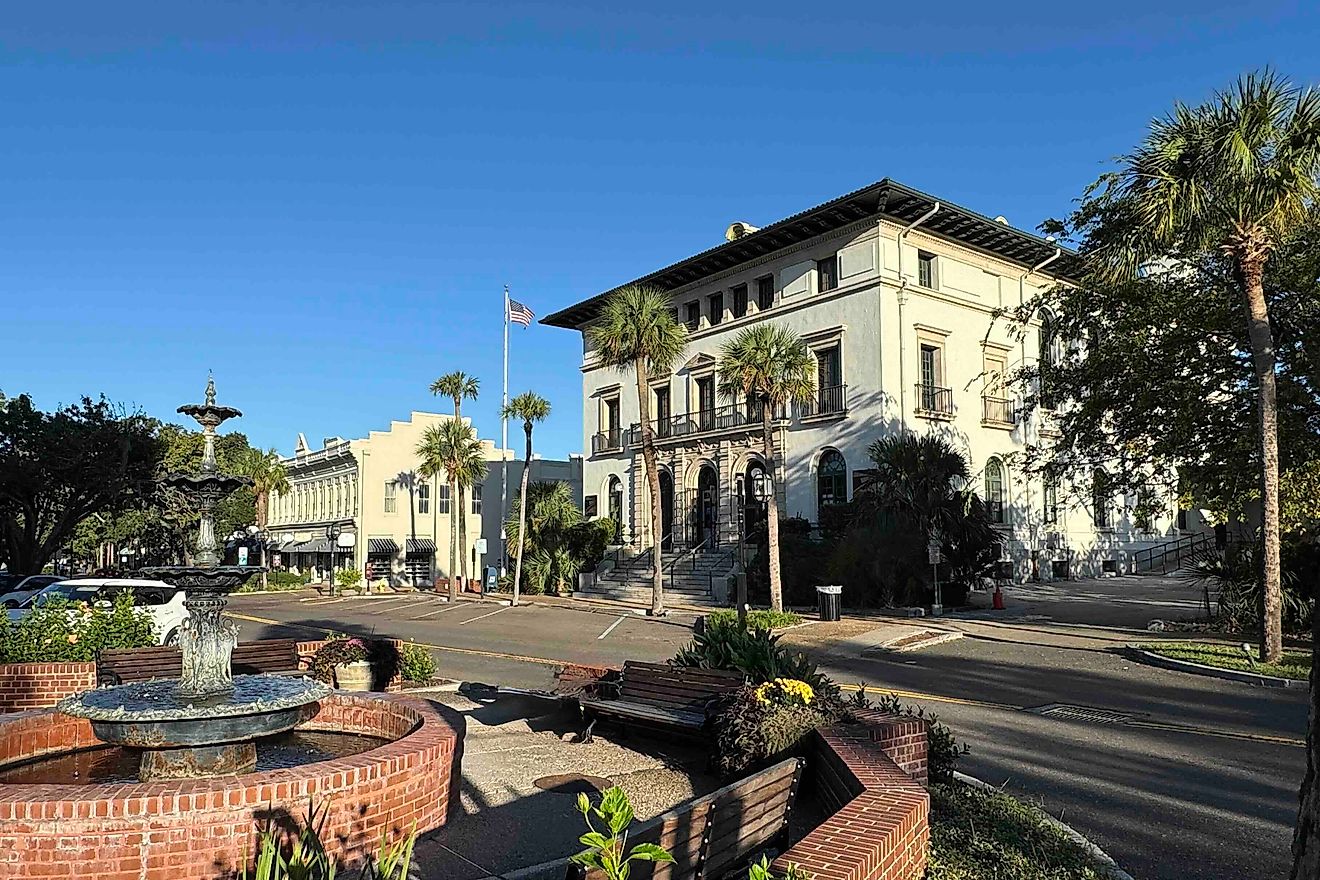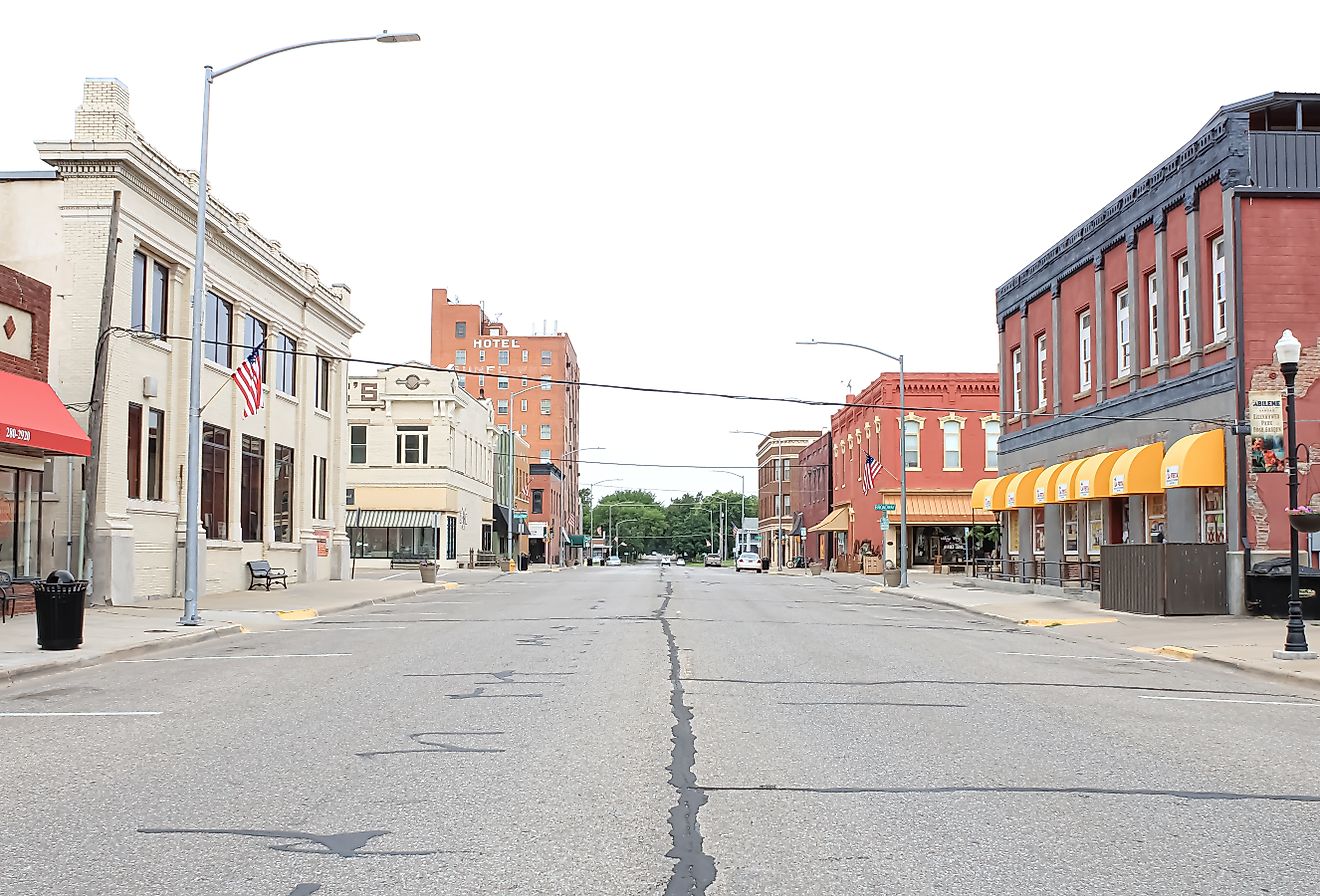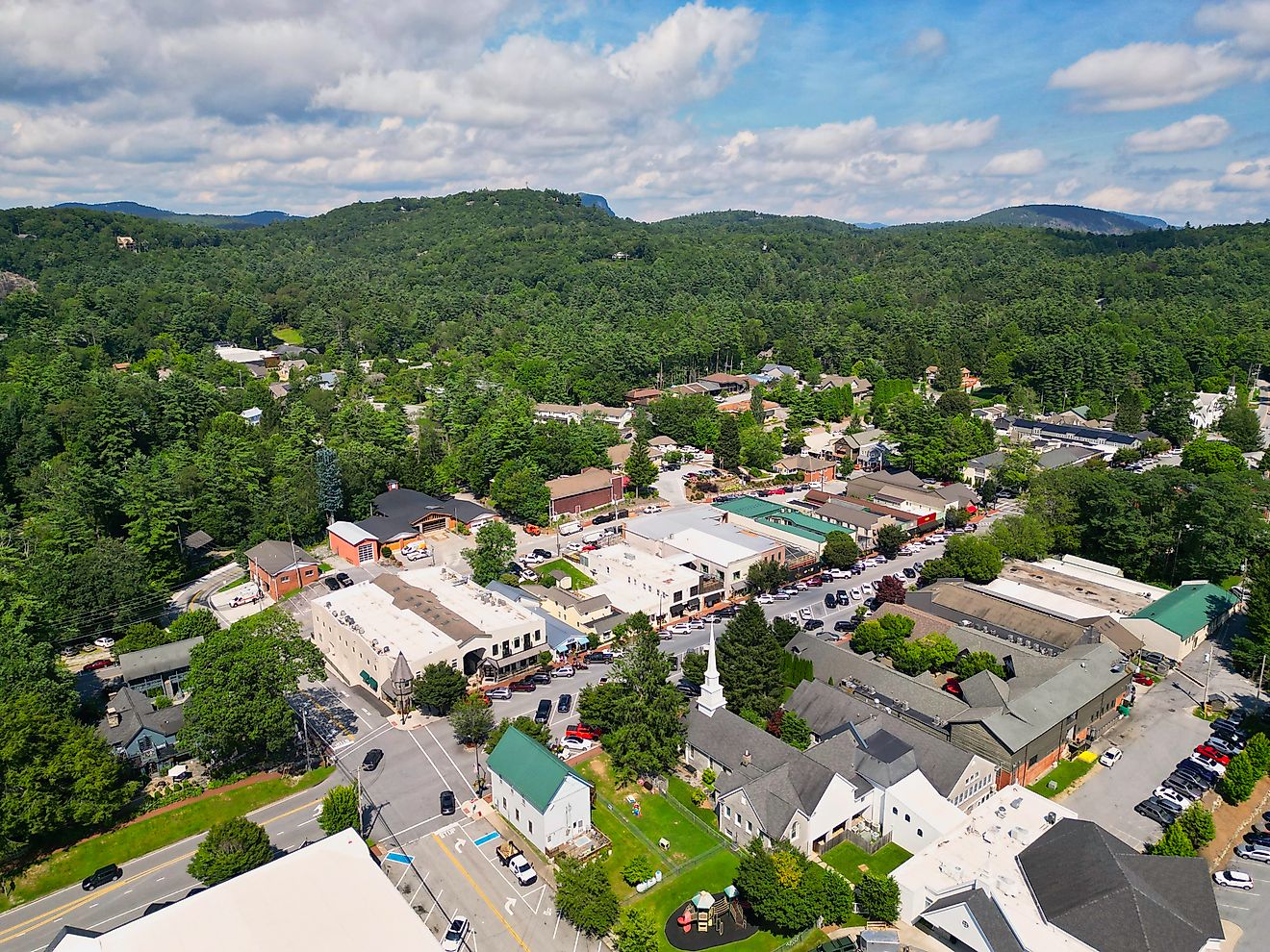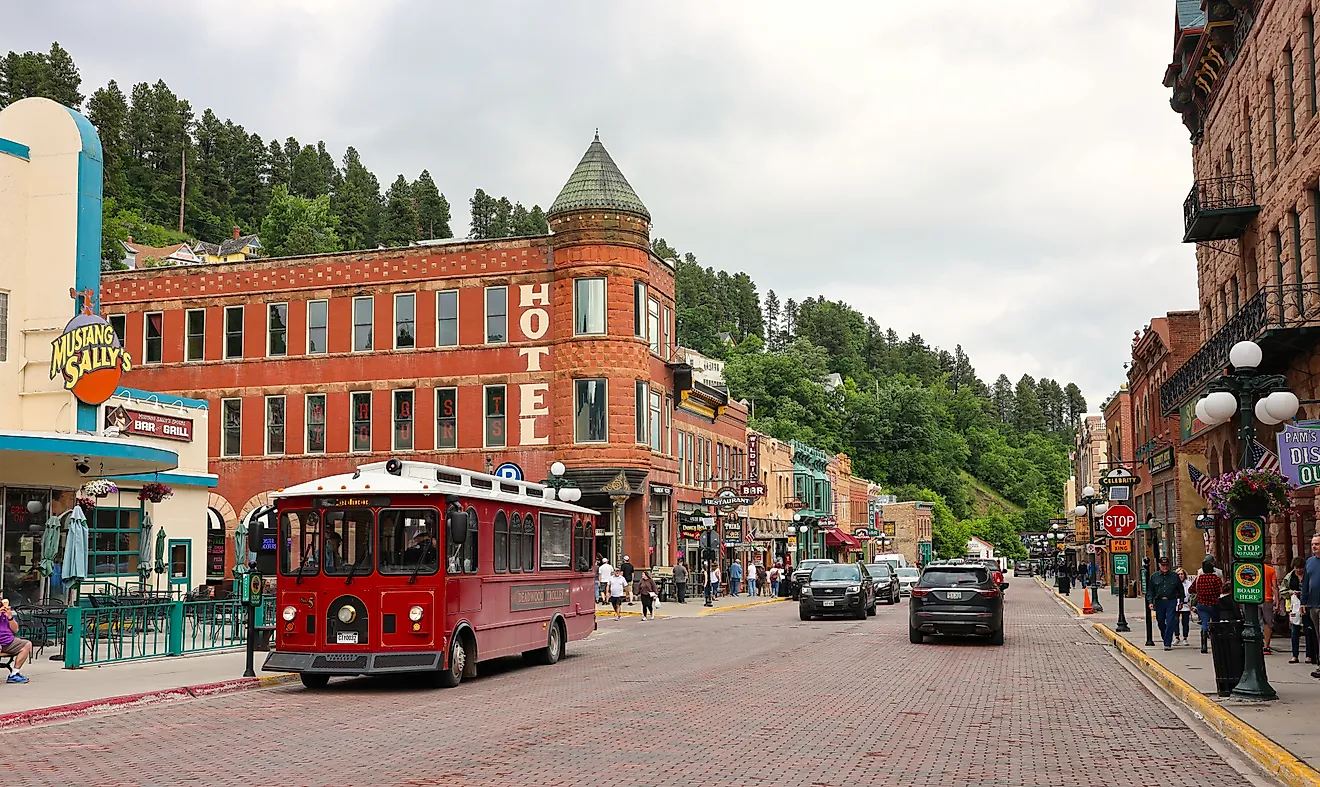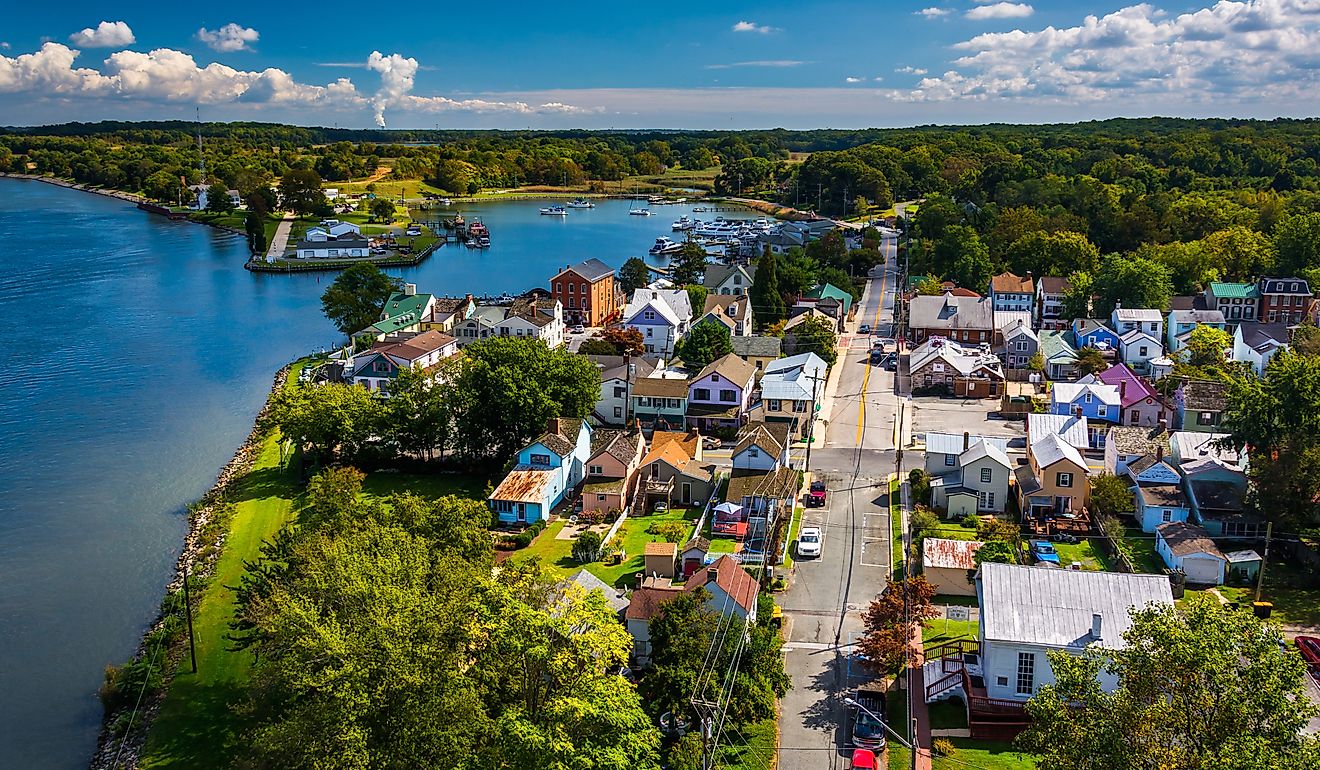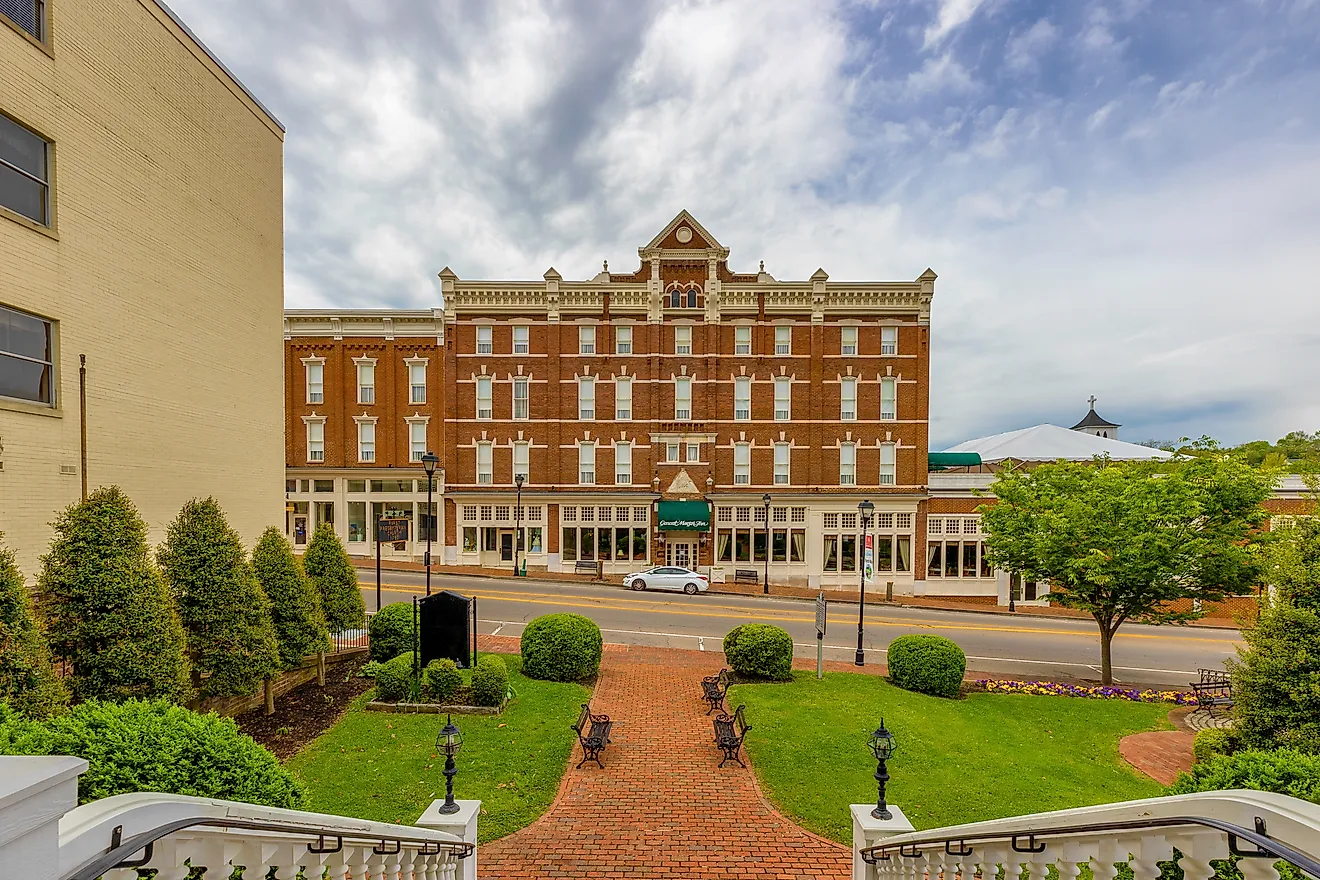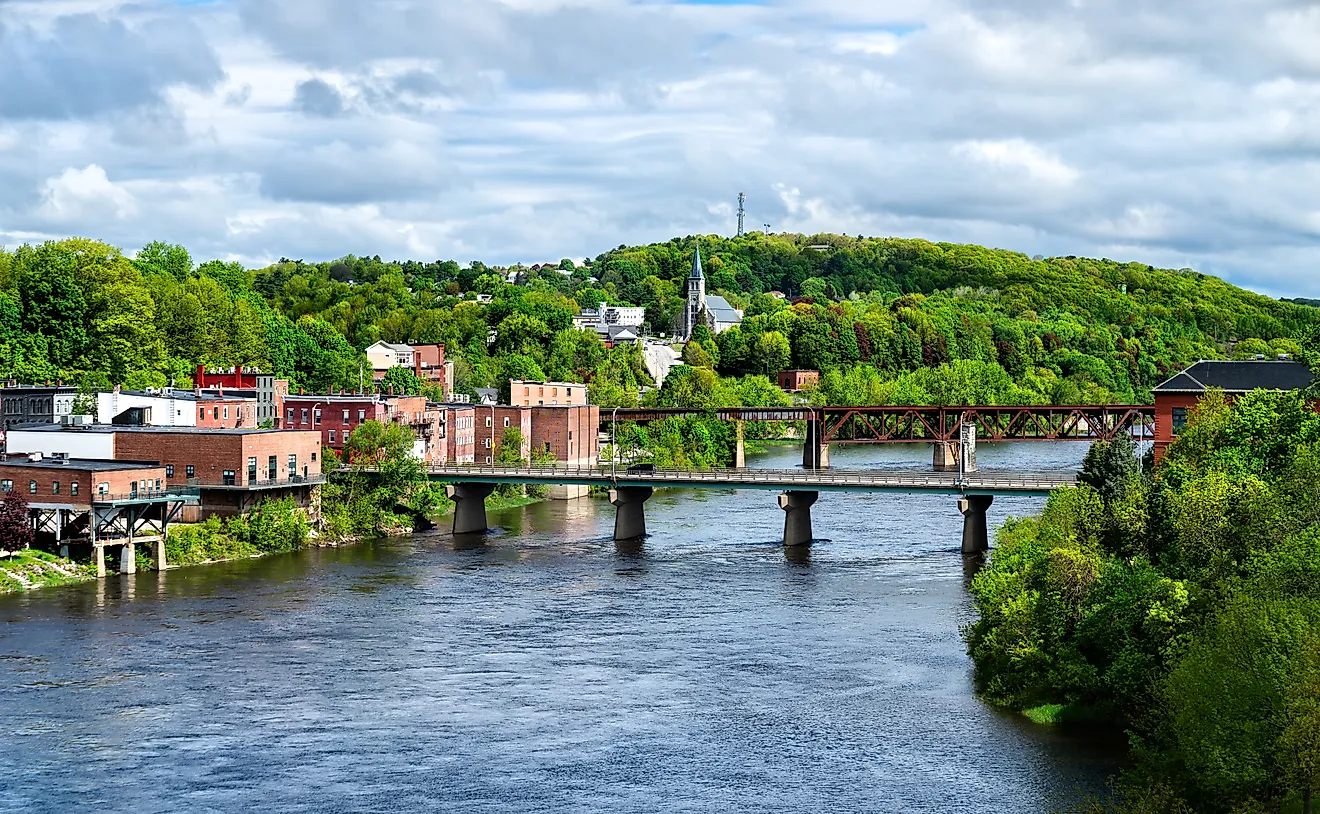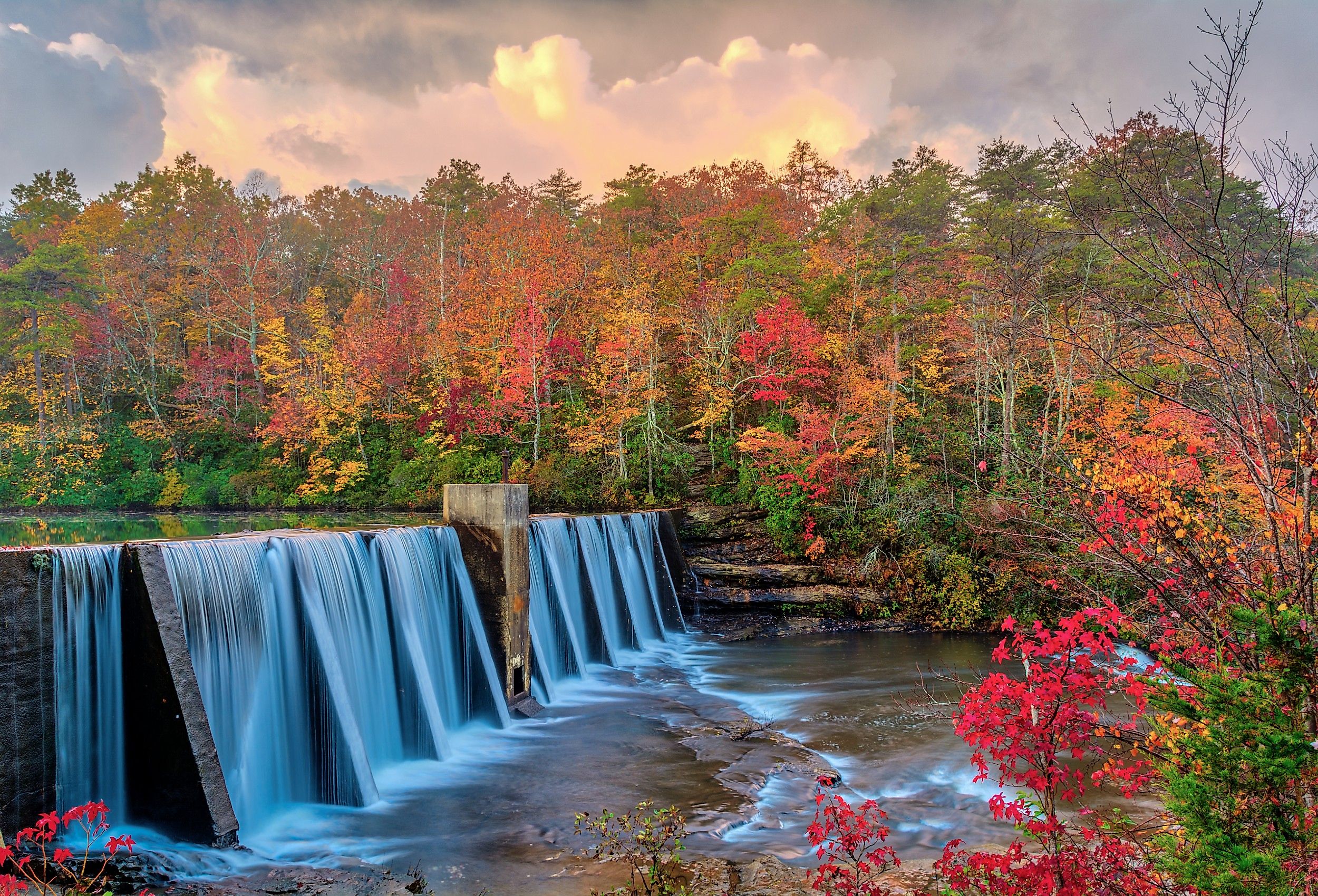
9 Prettiest Small Towns In Alabama
Alabama’s beauty isn’t loud or flashy, it is tucked into quiet corners, cozy towns, and slow roads between bigger cities. These are the places where you will find mountain views, riverbanks, and streets lined with old trees and older houses. Some towns have white-steepled churches and wraparound porches; others have hiking trails, antique shops, or cafés where the biscuits are still made by hand.
These towns are for road trippers, wanderers, and anyone who likes the kind of travel where you can roll the windows down, take your time, and maybe stop for peach cobbler. Whether you are heading out for the weekend or just need a change of pace, Alabama’s prettiest small towns are waiting. You don’t need a packed schedule or a tour guide. Just a full tank, some good music, and a little curiosity. The best part? The slower you go, the better these towns get!
Mentone
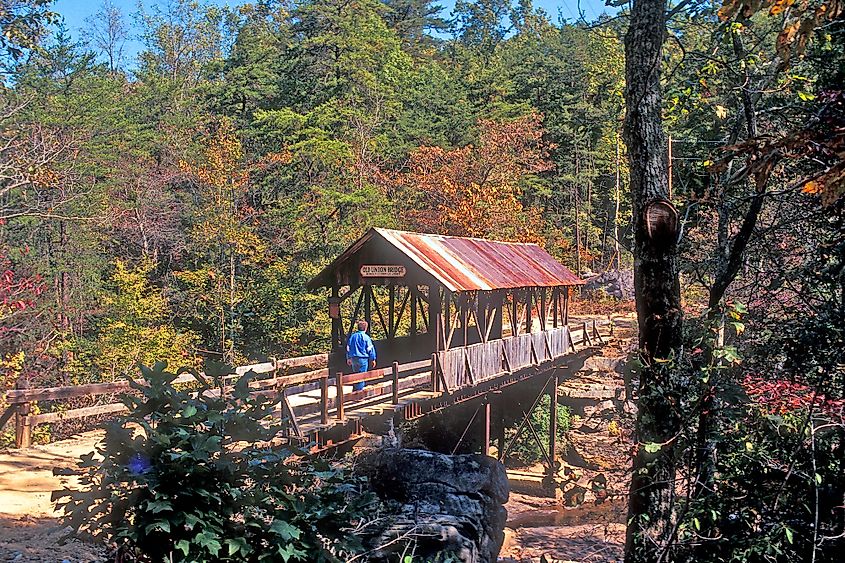
Mentone is a quiet mountain town that feels like a hidden corner of an older world. It is perched high on Lookout Mountain, where you can catch sweeping views and bright fall colors each year. The town is full of cozy cabins, art galleries like Mentone Arts Center, Deedee Morrison, and Coming Up Violets, and small cafés, like Wildflower Café and The Hatter Café, that make it feel peaceful and personal. DeSoto Falls is nearby, with hiking trails and scenic drives that show off the beauty of DeKalb County.
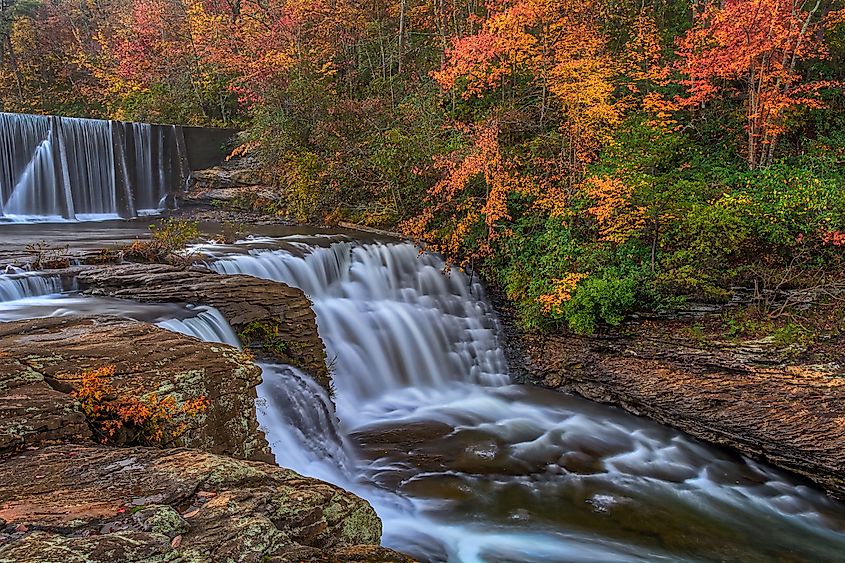
There is also a strange bit of folklore tied to Mentone. Some locals believe that Prince Madoc of Wales visited this area in 1170 CE, long before Columbus. Legend says he and his people traveled through Alabama, possibly living in nearby Welsh Caves under DeSoto Falls. Stories from Native American tribes and even early Tennessee governors mentioned a mysterious Welsh group. While historians mostly dismiss it, many in Mentone still enjoy sharing the tale of a lost prince who might have passed through their town.
Mooresville
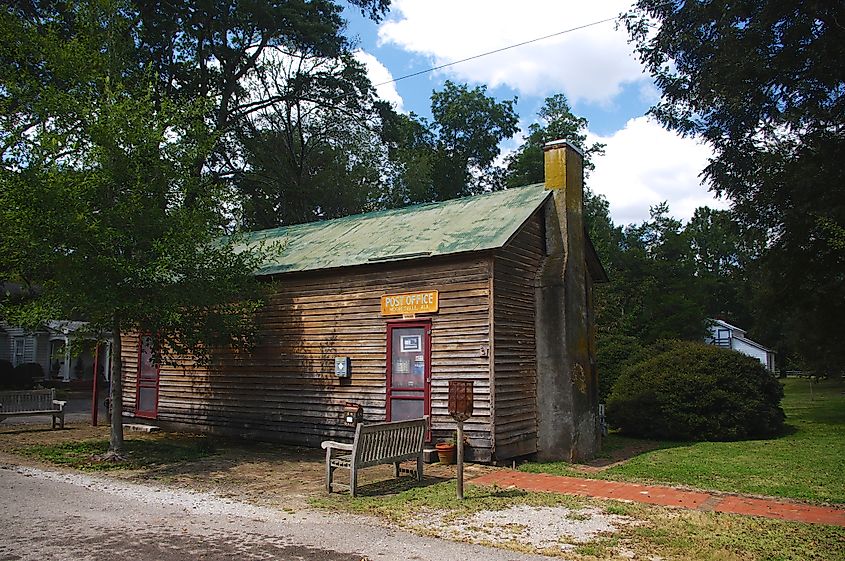
Mooresville is one of those rare places where history feels alive. Tucked between forests and farmland in north Alabama, the entire town is listed on the National Register of Historic Places. With just about 50 residents, it is small, quiet, and known for friendly faces and porch chats. You won’t find traffic lights or fast food, just well-kept gardens, white picket fences, and historic buildings that look almost untouched.
The town’s roots go back to 1805, when settlers arrived on land once occupied by the Chickasaw tribe. After the tribe ceded the land, Mooresville became one of the first incorporated towns in what was then the Alabama Territory, beating statehood by a full year. That makes it older than Alabama itself. Today, you can walk the same streets early settlers did, peek into the 1800s-era post office, or explore nearby Wheeler National Wildlife Refuge.
Magnolia Springs
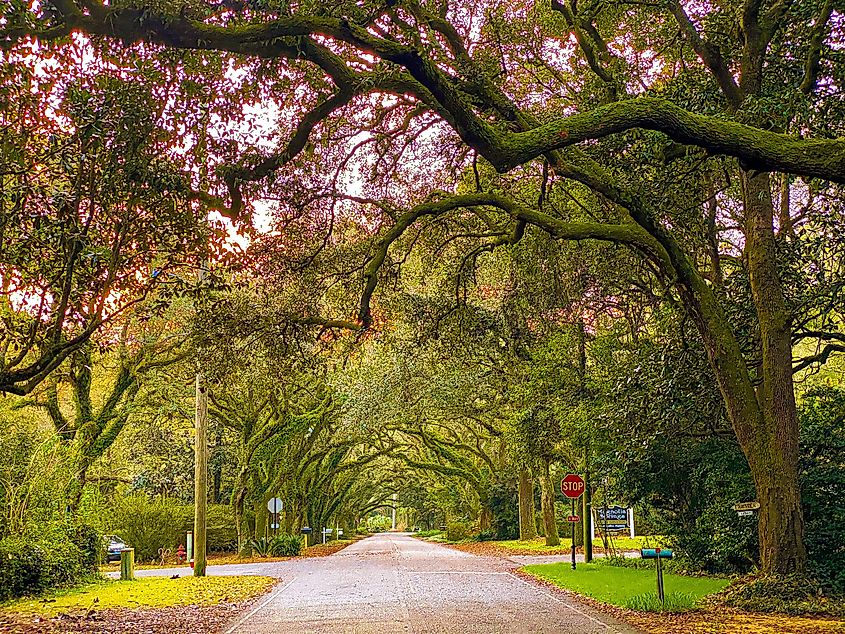
Located along the Magnolia River, this small Alabama town is surrounded by moss-draped oaks, blooming camellias, and Southern homes with deep porches. The river still delivers mail by boat, the only one of its kind in the continental US. Originally part of a Spanish land grant from 1800, Magnolia Springs grew after the Civil War when families from the North and South settled here.
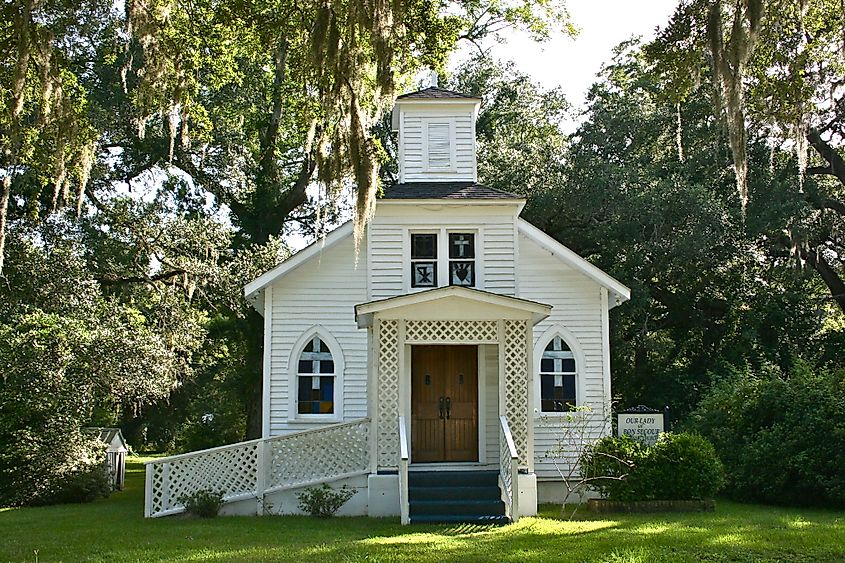
Its spring water was once called "the purest in the world." The town’s name came from its natural springs and the abundance of magnolia trees in every yard. Locals gather monthly at the historic Community Association next to the 100-year-old St. Paul’s Chapel. It is a place where neighbors stay connected, where kayaking is a daily routine, and where the streets bloom with azaleas, wisteria, and dogwood every spring.
Fairview
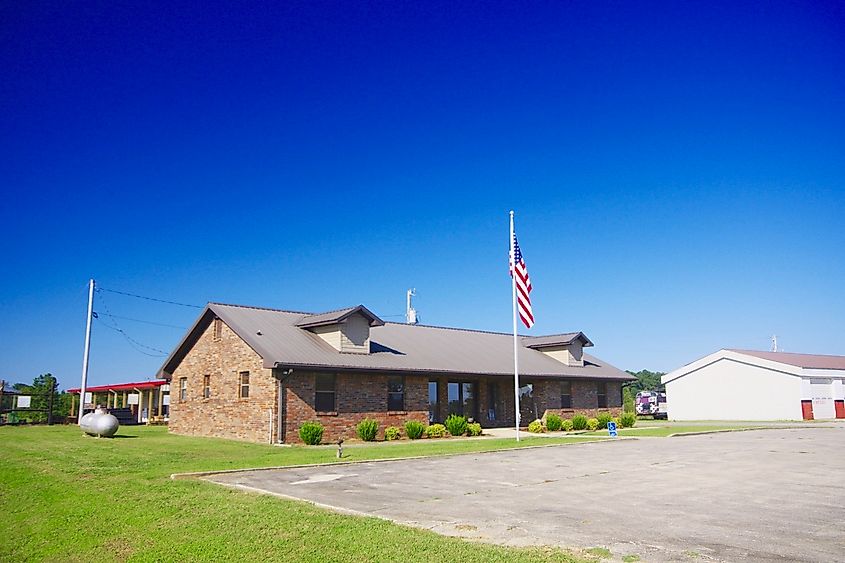
Fairview sits on a ridge with wide, open views of the Alabama countryside. It is the kind of town where you can see green fields for miles, and where neighbors still know each other’s names. The town began in the 1840s when settlers came to farm the land. It was first known as Lawrence Chapel but was renamed Fairview after another local church in the late 1890s. One of the early leaders, John A. Donaldson, not only served in the Confederate cavalry but also became the town’s first schoolteacher.
By the early 1900s, Fairview had sawmills, a cotton gin, a general store, and even a small resort hotel. Education played a big role here, Fairview had the first vocational agriculture department in Cullman County in 1921. Though storms and time have changed parts of it, Fairview has stayed true to its roots: quiet, proud, and full of heart. Today, it’s still known for its scenic roads and neighborly charm.
Florala
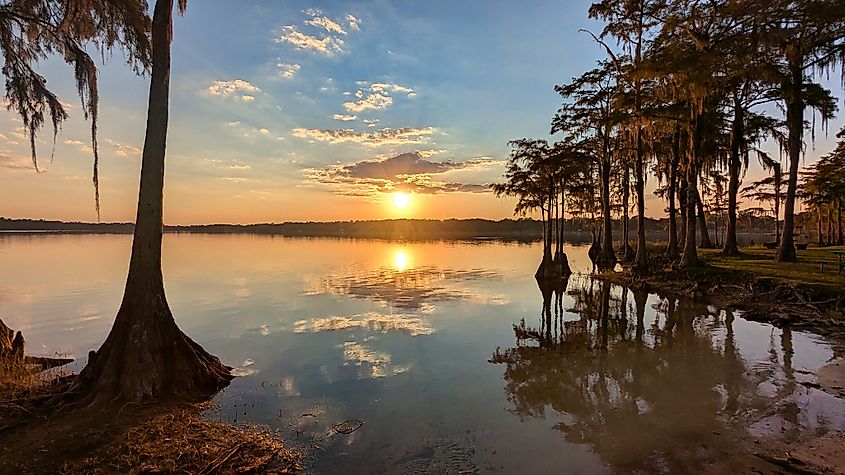
Florala is proof that small towns can pack a big story into a few square miles. The calm, glass‑like surface of Lake Jackson greets you at sunrise, while fifth‑generation families greet you downtown among the 1900s brick storefronts that once served loggers and rail crews. The spot started as one of Andrew Jackson’s camps during the Creek War, then grew from Lake City to Lakeview and finally Florala as lumber mills and three railroads pushed through in the early 1900s.
By 1910, the population had leapt from 300 to more than 2,000, complete with hotels, an opera house, and a telephone grid. When forests thinned and mills closed, the town pivoted to its biggest natural asset, its 500‑acre border lake, luring anglers, swimmers, and paddlers instead of timber barons. Each June 24, the Masonic Celebration reminds everyone that Florala’s spirit, like its water, still runs deep.
Eclectic
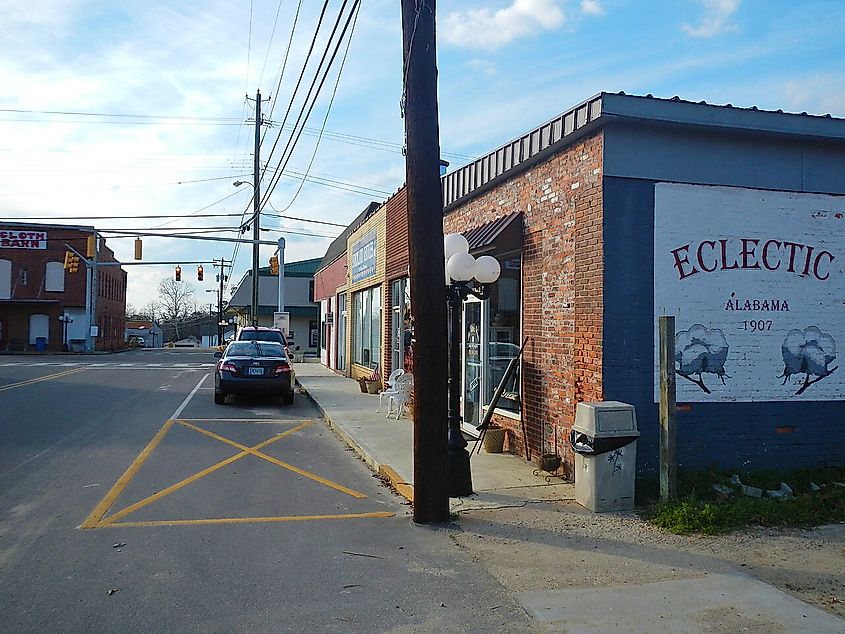
Eclectic sits just south of Lake Martin in Elmore County and is known as “The Star of Elmore County.” It’s a quiet, family-focused town where you will find local shops, food trucks on Main Street, and neighbors who stop to chat. In spring, wild plum trees bloom across the hills, and the nearby Tallapoosa River adds to the scenic charm.
The town’s history stretches back to the Creek Nation. The land was once owned by a tribal member named Ho-Pic-You-Che, who sold it in the 1830s for settlement. It was originally called Pleasant Grove. In 1877, M.L. Fielder renamed it “Eclectic” after his favorite school of medicine. The town was officially incorporated in 1907. A brief railroad boom came and went, but Eclectic stayed steady. Today, it’s a peaceful stop for people heading to Lake Martin or hiking up Smith Mountain.
Grove Hill
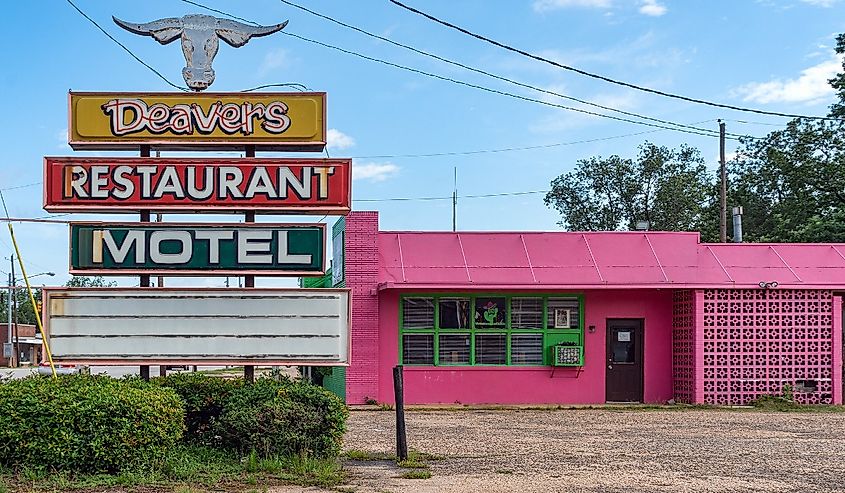
Grove Hill sits in the middle of Alabama’s pine country, where quiet streets curve beneath tree canopies and spring brings a burst of dogwoods and azaleas. Before settlers arrived in the early 1800s, this land was home to the Choctaw people. By 1832, the town became Clarke County’s seat because of its central location. It was renamed Grove Hill around 1850 for the large grove of oak trees in the area, and officially became a town in 1929.
History lives on in the Clarke Historical Museum, located in an 1860s courthouse, and the nearby ruins of Old St. Stephens. Grove Hill is known for its Christmas on the Square lights and a spring storytelling festival that brings locals together.
Mount Vernon
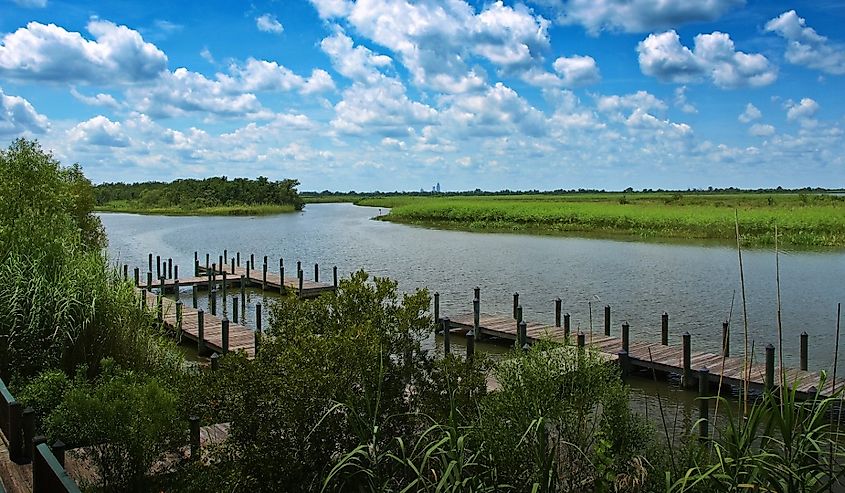
Mount Vernon sits near the quiet backwaters of the Mobile-Tensaw Delta, where mist rolls off the river in winter and old oaks frame the sky. It grew up around Fort Stoddert, a US military post built in 1799 to guard the young nation’s southern edge. The fort later moved inland after yellow fever outbreaks, becoming the Mount Vernon Arsenal, where future Confederate officer Josiah Gorgas served.
In the 20th century, it operated as Searcy Hospital, a psychiatric facility that didn’t close until 2012. Today, Mount Vernon has around 1,500 residents. Locals still gather for crawfish boils and swamp-music nights. Visitors can explore historic buildings, boat the delta, or trace stories at the depot museum. It is a small town where history and river life still run side by side.
Orrville
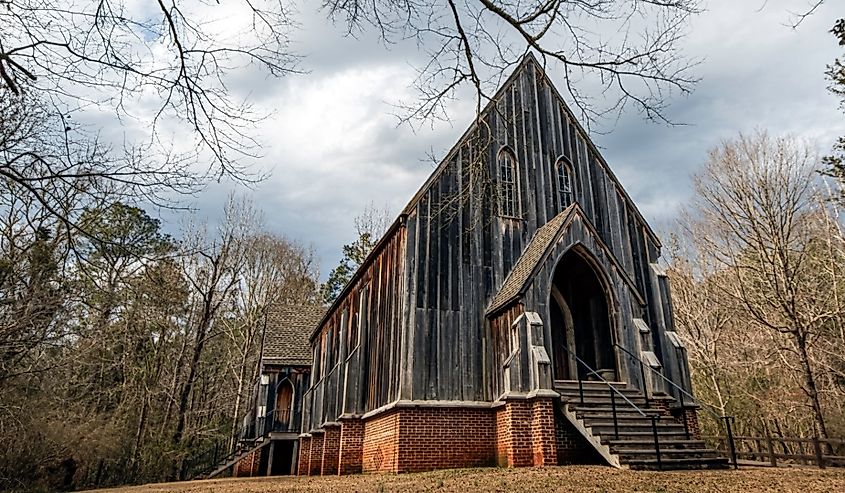
Tucked into the fertile farmland of Alabama’s Black Belt, Orrville is a peaceful town surrounded by wide fields and old oak trees. In the 1840s, Orrville was a cotton hub thanks to its location near the Alabama River. By 1850, it had its own academy, built by Willis Green, which later became home to a Confederate veteran named Benjamin F. Ellis. The town was officially incorporated in 1908. In the 1950s, Orrville found a new identity as a center for boat manufacturing, thanks to the Baker-Jewell company.
You will still see traces of that rich past in the cotton-era homes and historic churches around town. Locals are proud of their roots and welcome visitors like neighbors. While you are there, visit the Orrville Farmers Market for homegrown produce, or head outside town to Old Cahawba Archaeological Park, the site of Alabama’s first capital and a peaceful place to walk among ruins, trees, and history.
These small towns in Alabama aren’t loud or crowded, but they stick with you. They are the kinds of places where people wave from porches, history still shapes the streets, and nature isn’t far from your front door. You don’t need a lot of money, a fancy itinerary, or a reason to visit, just a little time and curiosity. Slow down, take the scenic route, and be sure to stop for a pie and a chat with the locals.
